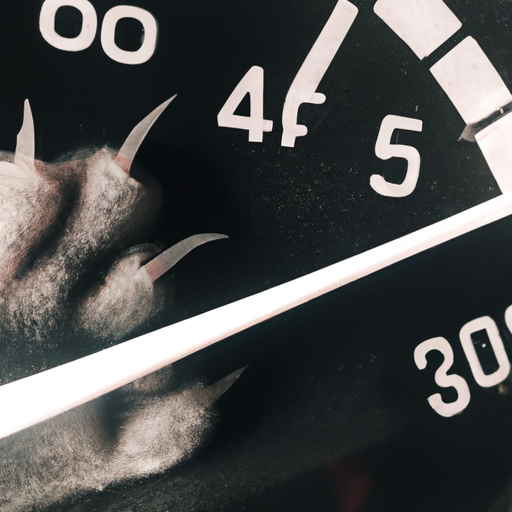Is your furry friend’s frequent need for a nail trim leaving you puzzled? You’re not alone. Many pet parents often find themselves asking, “Why do my dog’s nails grow so fast?” This is a common question, and the answer is more complex than you might think.
Understanding Your Dog’s Nail Growth
Just like humans, dogs have unique rates of nail growth. Factors such as breed, size, diet, and lifestyle all influence how quickly a dog’s nails grow.
Genetics
The genetic makeup of your dog plays a significant role in nail growth. Certain breeds, like Dachshunds and Basset Hounds, are predisposed to quicker nail growth than others.
Lifestyle and Activity Levels
Active dogs who spend a lot of time outdoors tend to wear down their nails naturally, reducing the need for frequent trims. On the other hand, indoor dogs or those with lower activity levels may require more regular nail care.
Age and Health
Age also plays a part. Puppies’ nails tend to grow faster than adult dogs, and senior dogs may experience slower nail growth. Health conditions, such as hormonal imbalances or nutritional deficiencies, could also influence nail growth rates.
The Importance of Regular Nail Trimming
Regular nail trimming is crucial for maintaining your dog’s overall health. Long nails can cause discomfort, difficulty walking, and in severe cases, lead to skeletal damage.
- Prevents Pain and Discomfort: Long nails can curve and dig into the paw pad causing pain and even leading to infection.
- Promotes Proper Posture: Overgrown nails can alter your dog’s posture and gait, leading to skeletal damage over time.
- Prevents Scratching: Dogs with long nails can unintentionally scratch people and furniture.
How to Trim Your Dog’s Nails
Trimming your dog’s nails can be a daunting task, especially if your dog is nervous or you’re worried about cutting the quick. Here’s a step-by-step guide to help you:
- Prepare Your Tools: Use a dog nail clipper or grinder. Have styptic powder on hand in case you accidentally cut into the quick.
- Hold Your Dog’s Paw Firmly but Gently: This will give you better control and help prevent sudden movements.
- Trim a Small Amount of Nail at a Time: This helps reduce the risk of cutting into the quick.
- Reward Your Dog After Each Nail: This will make the experience more positive for your dog.
Optimal Nail Length and How to Maintain It
What is the optimal length for your dog’s nails? When your dog is standing, their nails should not touch the ground. If you hear a clicking sound when they walk on hard surfaces, it’s time for a trim.
To maintain the optimal length:
- Trim your dog’s nails every 3-4 weeks.
- Encourage activities that naturally wear down the nails, like walks on concrete paths.
- Regularly check your dog’s nails to ensure they’re not growing too long.
Frequently Asked Questions (FAQs)
Q: How often should I trim my dog’s nails?
A: Typically, nails need to be trimmed every 3-4 weeks. However, this may vary depending on your dog’s lifestyle and breed.
Q: Can I trim my dog’s nails at home?
A: Yes, you can trim your dog’s nails at home. However, it’s important to know how to do it correctly to avoid injury.
Q: What should I do if I accidentally cut the quick?
A: Don’t panic. Apply styptic powder to stop the bleeding and comfort your dog. If bleeding continues, consult your vet.
Q: What if my dog is scared of nail trims?
A: Training and positive reinforcement can help. Start by touching your dog’s paws without trimming, and give them a treat. Gradually work up to trimming.
Q: Can long nails affect my dog’s health?
A: Yes, long nails can cause pain, difficulty walking, and even skeletal problems in severe cases.
In conclusion, while it can seem like your dog’s nails grow at lightning speed, understanding the factors influencing this growth can help you manage it effectively. Regular nail care is an essential part of your dog’s health and wellbeing, so don’t overlook this crucial task.



